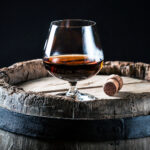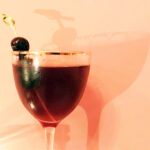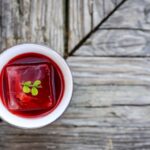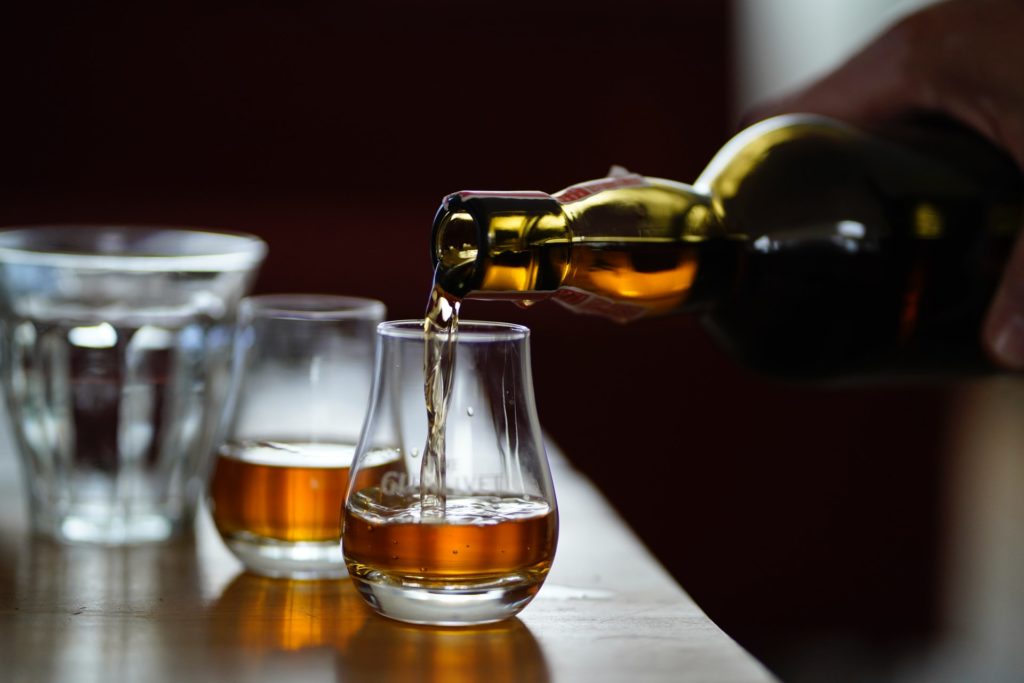 Ask any whisky nerd which whiskies they’re excited about and you’ll certainly hear about Japanese whisky. It may be Nikka, it may be Suntory, it may be another distillery. Japanese whisky has recently been called “like Scotch but perfect” and for good reason. Legends abound about master blenders for major Japanese whisky brands eating the same lunch every day for decades to perfectly calibrate their palates. The pristine water from nearby springs—first identified for tea ceremonies—is used for production.
Ask any whisky nerd which whiskies they’re excited about and you’ll certainly hear about Japanese whisky. It may be Nikka, it may be Suntory, it may be another distillery. Japanese whisky has recently been called “like Scotch but perfect” and for good reason. Legends abound about master blenders for major Japanese whisky brands eating the same lunch every day for decades to perfectly calibrate their palates. The pristine water from nearby springs—first identified for tea ceremonies—is used for production.
In 2015, the Whisky Bible by English whisky critic Jim Murray called Yamazaki’s 2013 Single Malt Sherry Cask the best whisky in the world. In fact, he said that “no Scotch at the moment can go near” it and no other Scotches were named in the top five. In 2014 and 2015, the World Whiskies Awards named Nikka 17 Year Blended Whisky the “World’s Best Blended Malt.” Japanese whiskies had been hyped before, but this was a lot of hype at once and the whisky world went crazy. At this point, Beam Suntory has won World’s Best Blended Whisky six times since 2010.
Now, there’s a Japanese whisky shortage. Age statements are being removed or altered and favorites like Nikka’s Taketsuru Pure Malt are being discontinued. This leaves the world to wonder—what is the next Japanese whisky?
Jake Cahill, spirits specialist and educator at Skurnik Wines, a wine and spirits importer in New York City says that “every distillery and every spirit in general from Asia right now is seeing the benefit of the increased interest in Japanese Whisky.” Every fermented beverage, from sake to shōchū, has seen market growth in the past 10-15 years, he says, and “everyone who’s seeing that owes a debt of gratitude to Japanese whisky.”
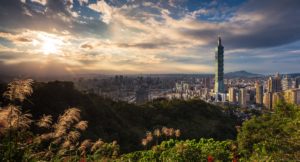 Kavalan’s Solist Fino Sherry Cask malt whisky was named “new whisky of the year” by Jim Murray in 2012. Kavalan’s Vinho Barrique expression was called the world’s best single malt whisky by World Whiskies Awards in 2015. In 2016, the World Whiskies Award named Kavalan’s Solist Amontillado Sherry Single Cask Strength the World’s Best Single Cask Single Malt Whisky.
Kavalan’s Solist Fino Sherry Cask malt whisky was named “new whisky of the year” by Jim Murray in 2012. Kavalan’s Vinho Barrique expression was called the world’s best single malt whisky by World Whiskies Awards in 2015. In 2016, the World Whiskies Award named Kavalan’s Solist Amontillado Sherry Single Cask Strength the World’s Best Single Cask Single Malt Whisky.
With all these awards recently won, might Taiwanese whisky be the next Japanese whisky? Much like Japan, Taiwan’s production started with a deep love (and pretty impressive consumption) of single-malt Scotch before it started releasing its own whisky in 2006. Kavalan has won over a major following among the single-malt lovers of the world, and its Taiwanese state-owned competitor Nantou is close behind, though Cahill says that “no one is hands-on like Kavalan.”
Taiwanese whisky has its own unique style with “a very intense following,” according to Cahill. “I have a lot of friends who will buy single barrels of it—a whole barrel that they split among themselves and it never sees a retail floor.” But, he says, it’s not the same as Japanese whisky.
First of all, consider the climate. While Taiwanese whisky follows similar production methods as Scotch and Japanese whisky, you can’t make the same type of whisky in such a wildly different climate.
In Scotland, Cahill explains, the evaporation rate is about 2% per year from the barrel. In Taiwan, it’s an average of 12-15% per year. Taiwan is both much hotter and much more humid, meaning it’s easier to release younger whiskies with more intense flavor. Taiwanese whisky tends to rely on a “more barrel-driven flavor” says Cahill, thanks to the huge evaporation loss in that climate. He compares the differences in maturation to the difference between a flash fry and a low and slow braise—one isn’t better than another, but some people will prefer one or another. The flavor of Kavalan especially is often compared to fruit jam, thanks to the flavor imparted by the barrel.
In fact, a more apt comparison might be to bourbon. “I think it’s the perfect single-malt for a bourbon drinker to get into,” says Cahill, citing the sweeter flavors in Taiwanese whisky as more akin to bourbon.
That said, Taiwanese whisky is going places. While Kavalan in particular—whose parent company started out selling mosquito repellant—started before the Japanese whisky boom, “they clearly saw the trend coming and banked on it,” according to Cahill, and they get better every year. “I’m really impressed with where they’re going,” he says.
And, he says, as a younger whisky drinker, it’s heartening to see whisky from a “non-traditional” destination do so well. “All these very great malts are coming from all around the world right now. That makes me really hopeful that the whisky world can keep evolving.”
 Christine Clark is a professional cheese and beverage nerd. Her work has appeared in VinePair, Fine Cooking, Travel + Leisure, and AFAR, and she has been featured in Bon Appetit, Complex, Epicurious, and the Huffington Post. She is a Certified Cheese Professional by the American Cheese Society. In her spare time, she plays with her dog and plans her next meal. Follow her latest eating adventures on Instagram @yourcheesefriend.
Christine Clark is a professional cheese and beverage nerd. Her work has appeared in VinePair, Fine Cooking, Travel + Leisure, and AFAR, and she has been featured in Bon Appetit, Complex, Epicurious, and the Huffington Post. She is a Certified Cheese Professional by the American Cheese Society. In her spare time, she plays with her dog and plans her next meal. Follow her latest eating adventures on Instagram @yourcheesefriend.

